On November 5, Japan launched the world's first wooden artificial satellite into orbit. This event marked a new step forward in science in the manufacture of artificial satellites in particular, and the conquest of space in general.
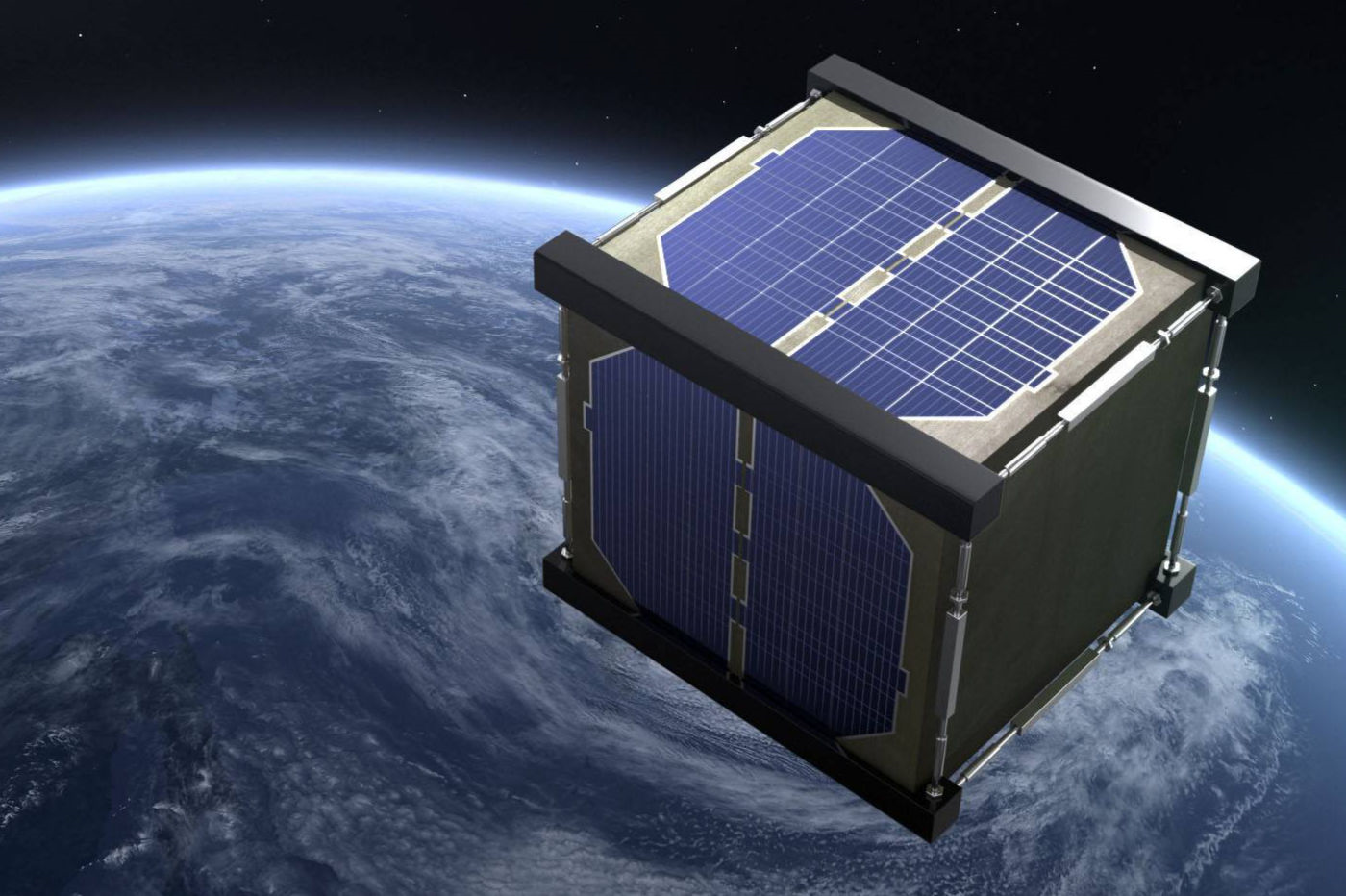
Japan launched the world's first wooden artificial satellite into orbit. Photo: Internet.
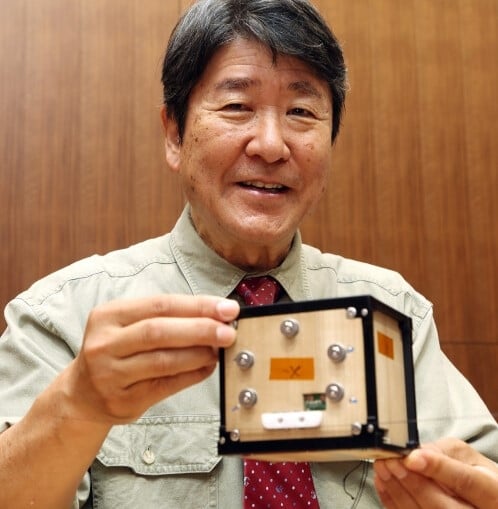
Professor Doi Takao. Photo: Jiji Press
Wooden satellites could fare better in space than on Earth, since there is no water or oxygen in space to decompose or burn. Furthermore, at the end of their lifespan, wooden satellites could have a lower environmental impact than traditional metal satellites, which must re-enter the atmosphere to avoid becoming space junk. Metal satellites then produce aluminum oxide particles, while wooden satellites burn up completely, with less pollution.The satellite, named LignoSat, is compact in size, about the size of a palm, and is made from honoki wood – a type of wood known for its durability and resistance to cracking. LignoSat is expected to orbit about 400 km above Earth, staying in orbit for 6 months to test its ability to withstand extreme temperatures, ranging from -100 to 100 degrees Celsius in a 45-minute cycle.
Researchers hope that using wood for satellites will be a greener solution for future missions to the Moon and Mars, as wood is less polluting than metal during the decomposition process when the satellite falls back into the atmosphere./.
Bui Tue






![[Photo] Party and State leaders visit President Ho Chi Minh's Mausoleum](https://vphoto.vietnam.vn/thumb/1200x675/vietnam/resource/IMAGE/2025/5/19/d7e02f242af84752902b22a7208674ac)
![[Photo] Special flag-raising ceremony to celebrate the 135th birthday of President Ho Chi Minh](https://vphoto.vietnam.vn/thumb/1200x675/vietnam/resource/IMAGE/2025/5/19/1c5ec80249cc4ef3a5226e366e7e58f1)

















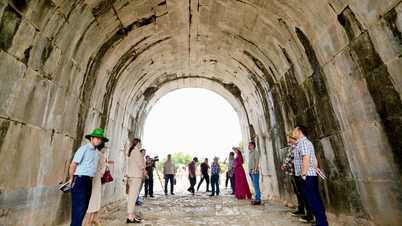



















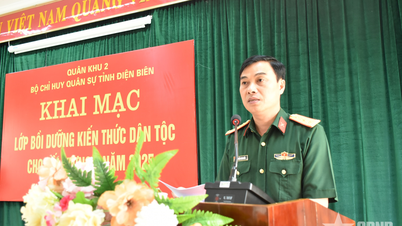























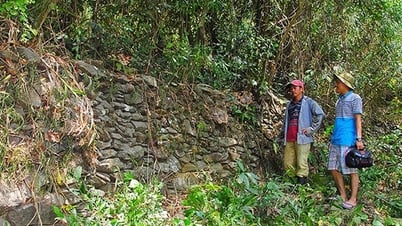















![[VIDEO] - Enhancing the value of Quang Nam OCOP products through trade connections](https://vphoto.vietnam.vn/thumb/402x226/vietnam/resource/IMAGE/2025/5/17/5be5b5fff1f14914986fad159097a677)








Comment (0)